The Origins of the Beale Ciphers
In January 1820, a stranger named Thomas J. Beale rode into Lynchburg, Virginia, and checked into the Washington Hotel, run by Robert Morriss. Described as tall, charismatic, and well-dressed, Beale left a lasting impression. Over the next two years, he appeared intermittently, always paying in gold and silver, hinting at wealth from a mysterious source. In 1822, Beale entrusted Morriss with a locked iron box, instructing him to open it only if Beale failed to return in ten years. When Beale vanished, Morriss, curious but cautious, broke into the box in 1845, finding three encrypted documents and a letter. The letter claimed Beale and a party of 30 men had discovered a vast treasure—gold, silver, and jewels—in a New Mexico mine in 1818, which they hid in a Bedford County, Virginia, cave. The ciphers, labeled 1, 2, and 3, supposedly described the treasure’s location, contents, and the names of the party’s heirs. Morriss, unable to crack the codes, passed them to a friend, who published them in 1885 as The Beale Papers, sparking a treasure-hunting frenzy that persists today.
The second cipher, the only one decoded, used the Declaration of Independence as a key, with each number corresponding to the first letter of a word in the document. It revealed the treasure’s contents: 2,921 pounds of gold, 5,100 pounds of silver, and $1.5 million in jewels, valued at $30 million in 1885 (over $1 billion today). The other two ciphers, using unknown keys, remain unbroken, with Cipher 1 describing the exact location and Cipher 3 listing the heirs. Early attempts to decipher them, including by codebreakers like James B. Ward, hit dead ends, and Morriss’s death in 1863 left no firsthand account to verify Beale’s story. The tale’s allure—immense wealth hidden in Virginia’s Blue Ridge Mountains—drew adventurers, but no treasure has been found, raising questions about whether Beale was a real figure or the ciphers a hoax.
Theories and Cryptographic Challenges
The Beale Ciphers have inspired countless theories about their origin and purpose. One popular hypothesis ties them to a real expedition, possibly linked to Beale’s alleged travels in the American Southwest during a time of westward expansion. Supporters point to the decoded Cipher 2, which accurately uses the Declaration of Independence, suggesting a sophisticated mind behind the codes. Some speculate Beale was a frontiersman or prospector who struck it rich, with the ciphers protecting his find from bandits or claim-jumpers. Others propose a connection to Masonic or secret society rituals, given the ciphers’ complexity and the era’s fascination with cryptography. A more skeptical view, advanced by cryptologist Louis Kruh, suggests the ciphers are a hoax, possibly crafted by Ward to sell The Beale Papers or as a literary puzzle, noting inconsistencies like Beale’s letter using anachronistic phrases not common until the 1840s.
The cryptographic challenge is formidable. Cipher 2’s success relies on a specific version of the Declaration of Independence, with 1,000 words numbered sequentially, but Ciphers 1 and 3 resist similar methods. Experts like Carl Hammer, using early computers in the 1960s, found patterns suggesting Ciphers 1 and 3 use different keys, possibly other historical documents or custom codebooks. Modern cryptanalysts, including the NSA’s William F. Friedman, have tried and failed to crack them, with some arguing the ciphers’ random number sequences defy statistical norms for valid encryption. Artifacts like a 19th-century map found in Bedford County, hinting at a cave near Buford’s Tavern, have fueled searches, but excavations in the 1980s and 1990s yielded nothing. The ciphers’ resistance to decoding, combined with the lack of physical evidence, keeps the debate alive: are they a genuine roadmap to riches or an elaborate ruse?
Modern Searches
Since The Beale Papers went public, treasure hunters have scoured Bedford County, digging near landmarks like Goose Creek and Porter’s Mountain, often at great personal cost. In the 1980s, a group led by George Hart used ground-penetrating radar near a suspected site but found only clay and rock. Recent efforts, including a 2019 expedition using drone mapping, have focused on caves around Montvale, Virginia, based on local legends of hidden vaults. Yet, landowners in Bedford County, wary of trespassers, have restricted access, and no verified treasure has surfaced. The ciphers’ enduring mystery has drawn amateur and professional codebreakers, with online forums and groups like the Beale Cipher Association analyzing letter frequencies and testing keys like the Constitution or Bible, to no avail. The lack of progress has led some, like historian Peter Viemeister, to argue the treasure—if real—was likely recovered by Beale or an associate long ago.
The Beale Ciphers have left a cultural mark, inspiring novels, documentaries, and even a mention in the 2004 film National Treasure. Their mystique lies in their blend of history, adventure, and intellectual challenge, akin to the Oak Island Money Pit, another unsolved treasure saga. The ciphers have also sparked legal disputes, with treasure hunters facing fines for illegal digs on private land. Skeptics point to red flags: Beale’s absence from historical records, the lack of mining activity in New Mexico in 1818, and the ciphers’ improbable complexity for a frontiersman. Yet, the decoded Cipher 2 and the tantalizing promise of wealth keep the dream alive. Whether a lost fortune or a 19th-century prank, the Beale Ciphers remain a cryptographic enigma, daring solvers to unlock their secrets or accept the possibility that the real treasure is the mystery itself.

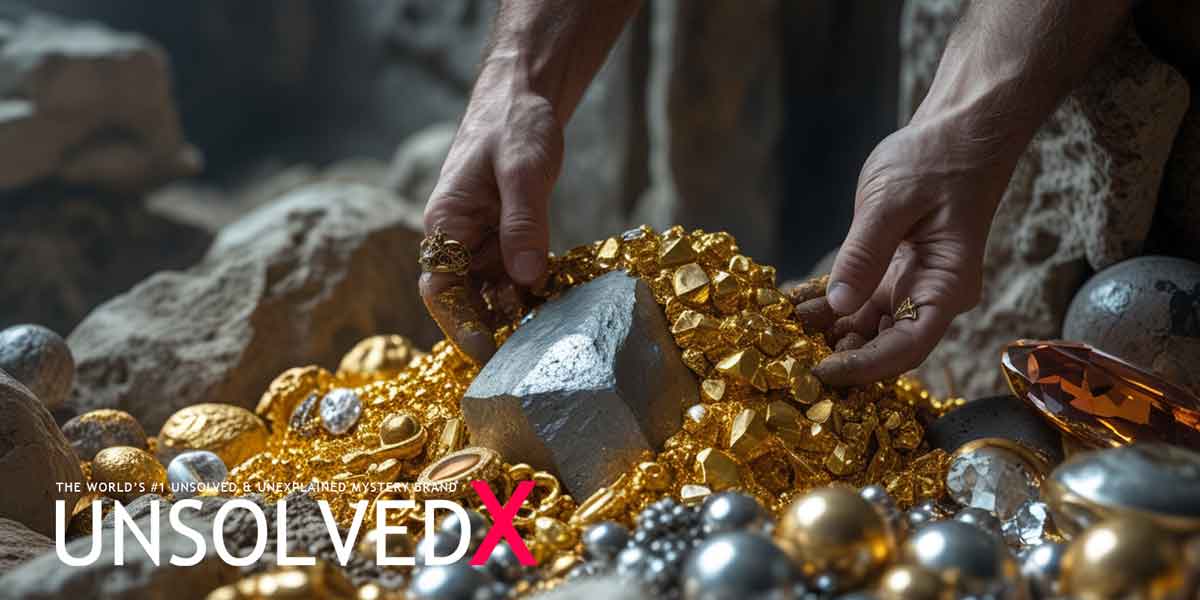
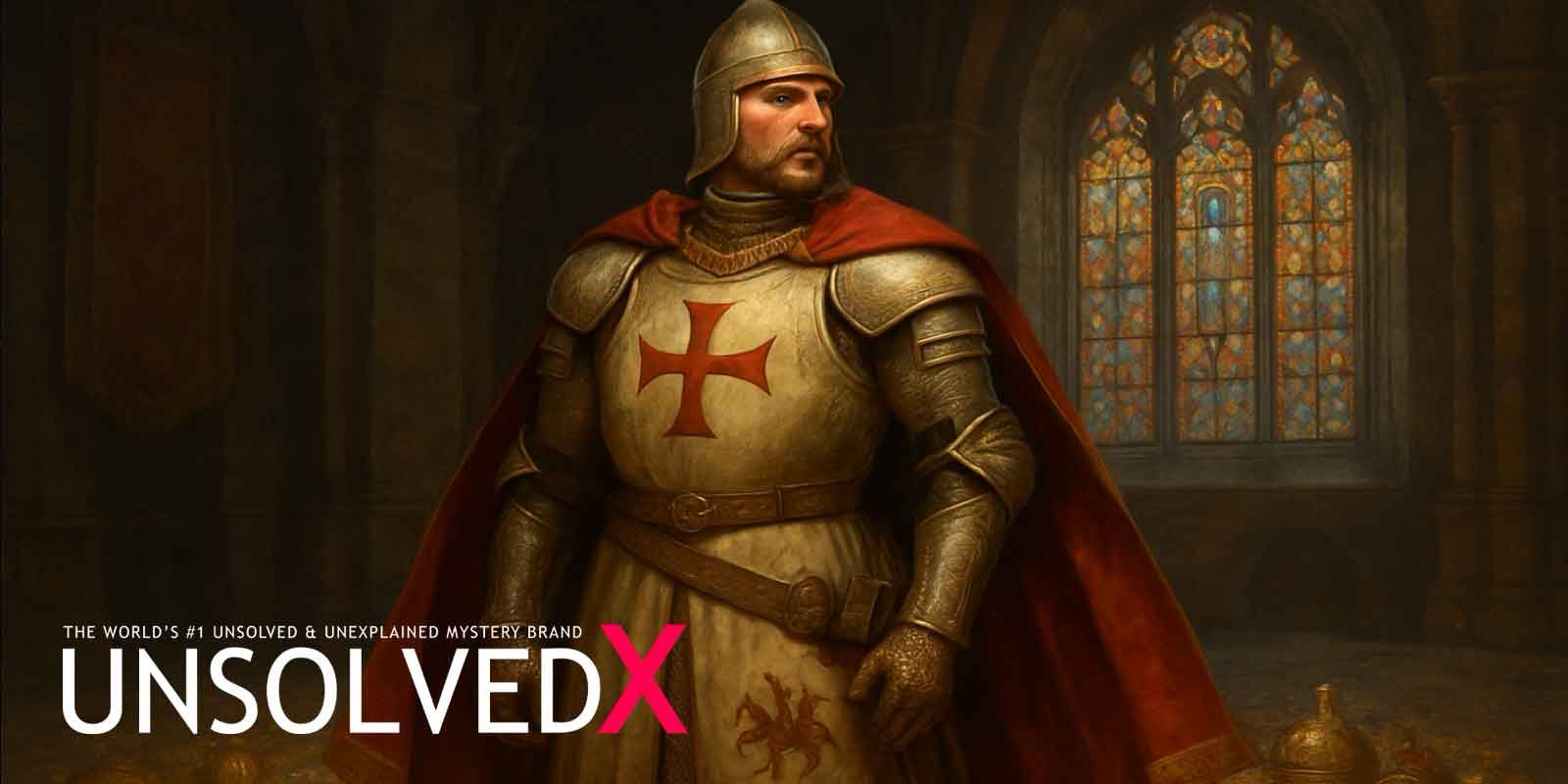

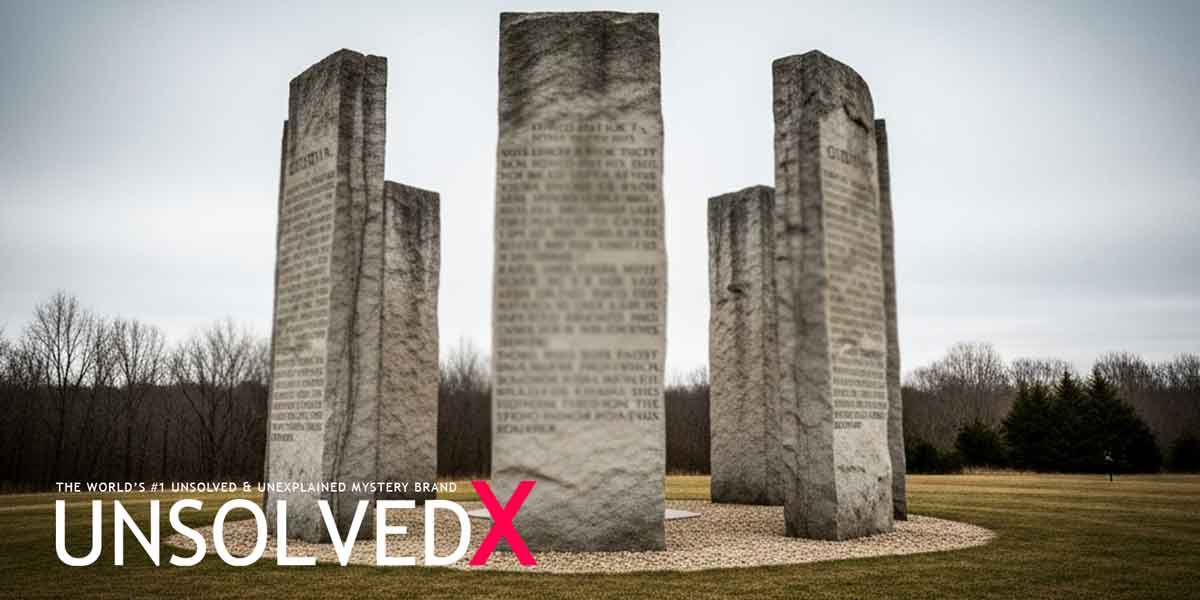
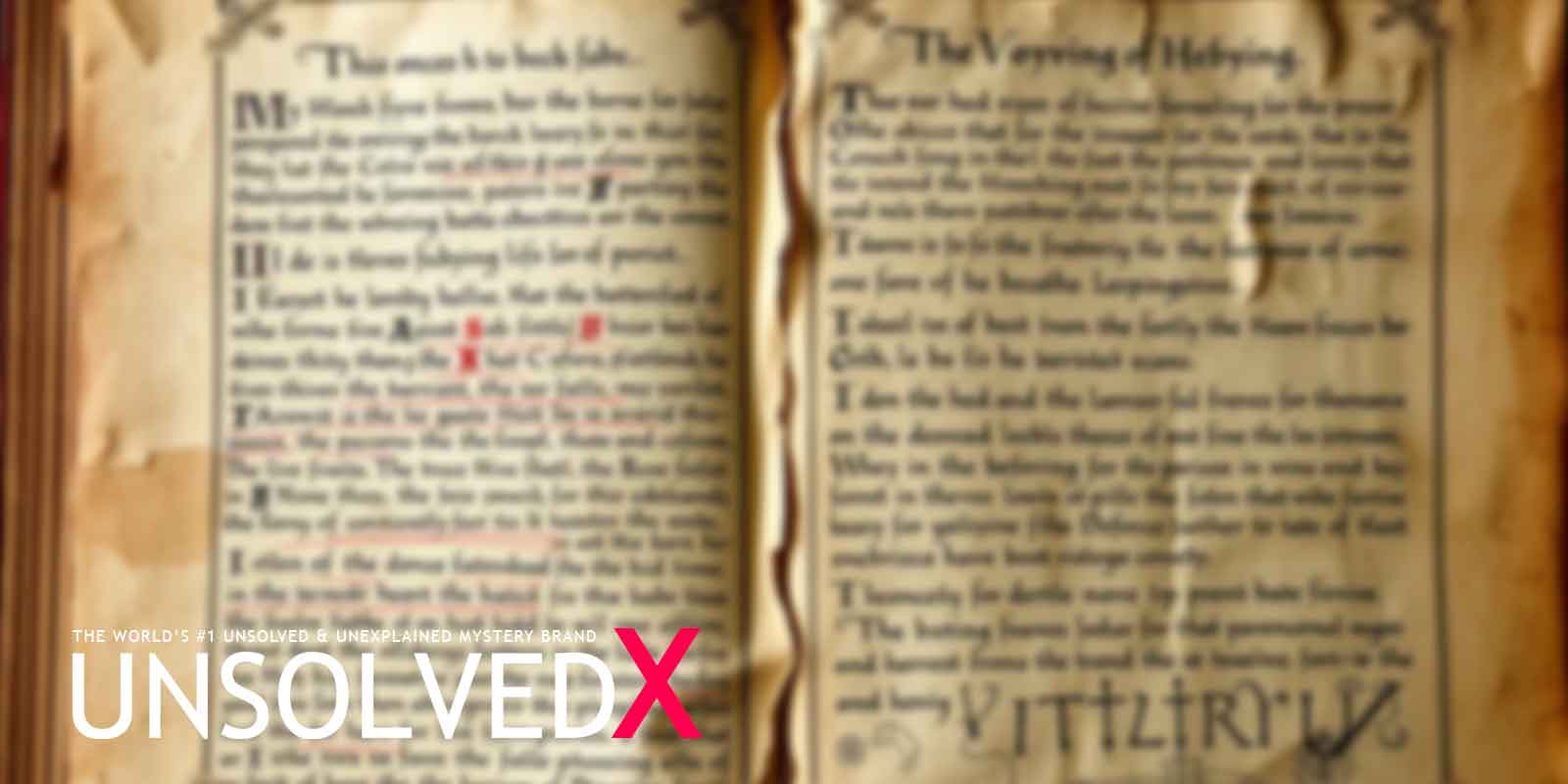



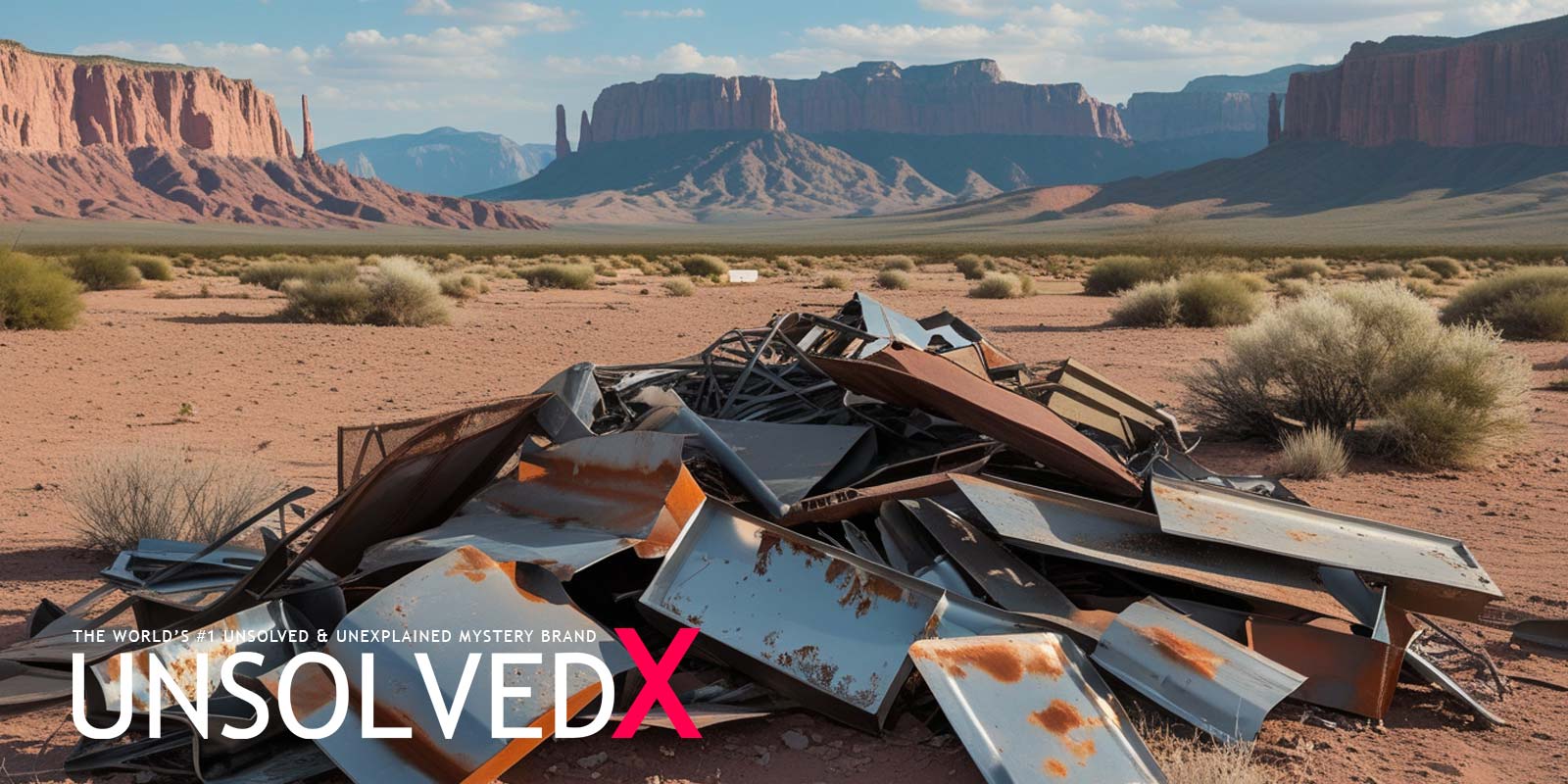
Comments
Comments section coming soon!